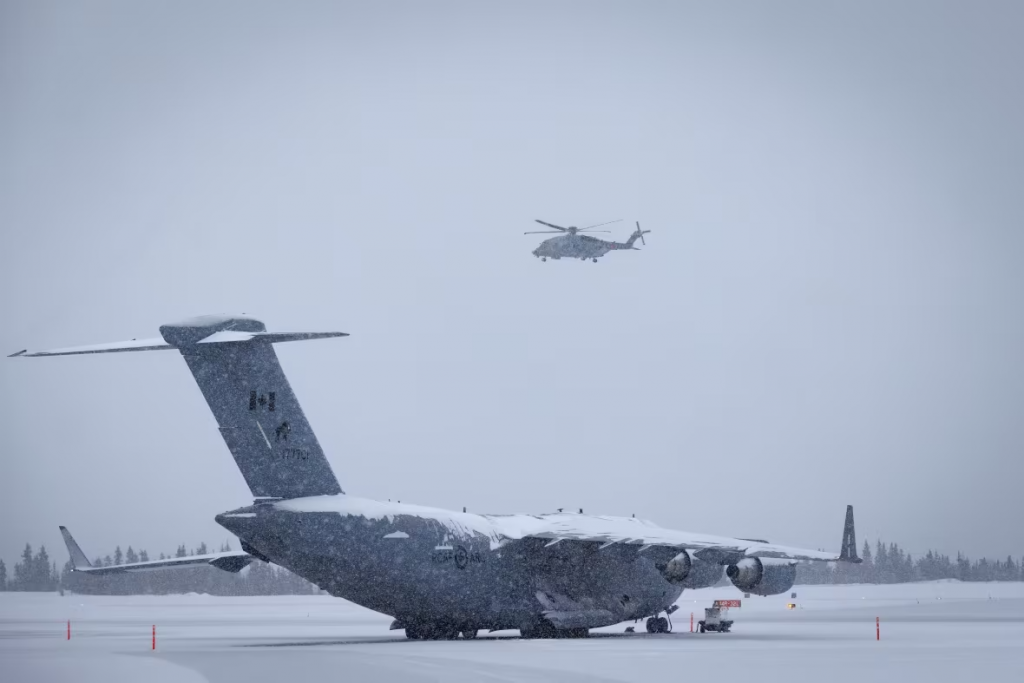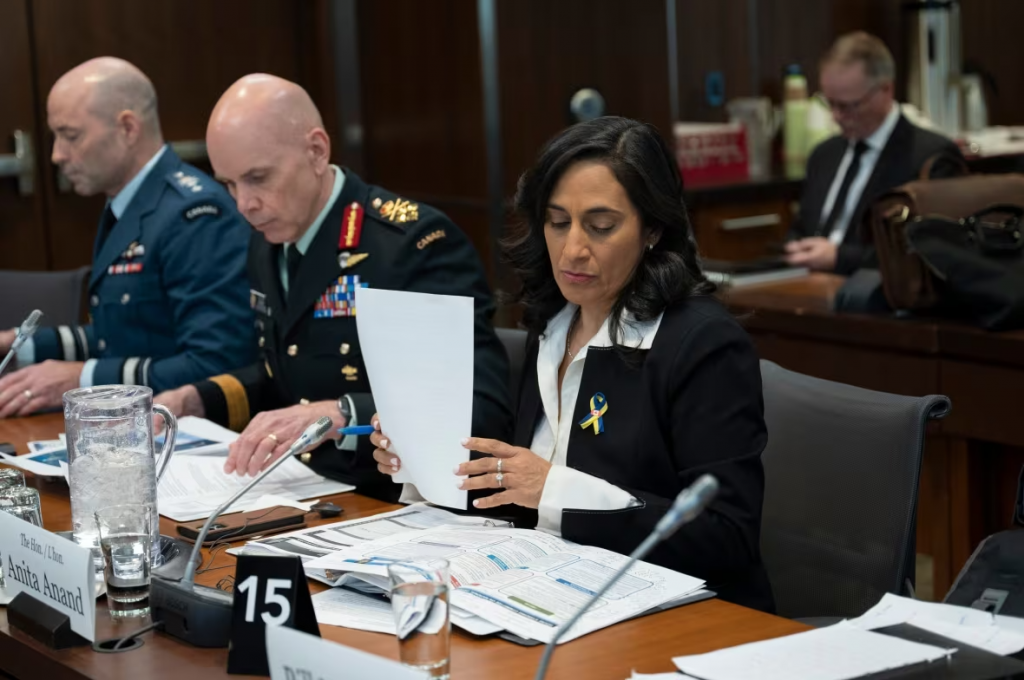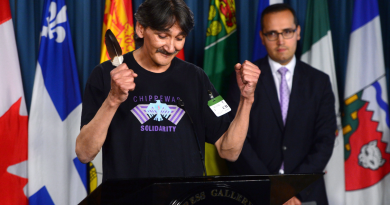Defence chief wanted CF-18s to destroy object over Yukon, but fighters were delayed

· The Canadian Press
Canadian aircraft were still minutes away when the F-22 fired its missile, Wayne Eyre said
Canada’s top military officer says it would have been “preferable” for a Canadian fighter jet to shoot down a suspected balloon over Yukon last month — but they were delayed by freezing rain.
“I gave direction that it’d be preferable for the Canadian CF-18s to do the shoot down,” Gen. Wayne Eyre said Tuesday. “But I will say they were delayed in departing Cold Lake because of freezing rain.”
The comment came as members of the House of Commons defence committee pressed Eyre and Defence Minister Anita Anand for answers about the range of flying objects shot down over North America last month.
Those include a suspected Chinese surveillance balloon that was downed off the coast of South Carolina on Feb. 4 after flying over Alaska, Western Canada and large parts of the northern United States.
They also include three objects shot down in quick succession between Feb. 10 and 12, including one downed by an American F-22 over Yukon on Feb. 11, which officials have described as a suspected balloon.
There have been questions over why the object over Yukon was destroyed by a U.S. fighter jet, as Canadian officials have said there were CF-18s scrambled and in the area after it entered Canadian airspace.
But Eyre told the committee that the Canadian aircraft were still minutes away when the F-22 fired its missile in accordance with his order that “whoever had the first, best shot” was to take it.

Anand also defended the use of an American fighter jet, saying the aircraft was operating at the time under the jurisdiction of NORAD, the joint U.S.-Canada military command responsible for protecting North America.
“Aircraft under NORAD were being scrambled,” she said. “And the decision to take down the suspected balloon was made by the prime minister using NORAD assets after phone calls with President Biden and with the secretary of defense, Lloyd Austin.”
Anand did not provide much in the way of new details about those objects except to say that they do not appear to be “state-affiliated,” meaning they likely weren’t owned and operated by a foreign government.
However, she refused to comment further, noting that efforts to recover the wreckage of the object shot down over Yukon as well as those downed off the coast of Alaska and over Lake Huron have been suspended.
U.S. and Canadian officials say they do not believe the objects posed a security threat. U.S. President Joe Biden and Prime Minister Justin Trudeau have said they instead posed a threat to airline safety.
Committee members also pressed Anand and Eyre without success on the origins and purpose of several surveillance buoys recovered from Canada’s Arctic waters, which reports have alleged were from China.

“The buoys in Canadian waters were interdicted and retrieved because of operational-security reasons,” Anand said. “And in an effort not to provide an adversarial advantage, I will say no more.”
Anand and Eyre were also hesitant to comment on reports that the Chinese balloon destroyed on Feb. 4 after several days flying over Western Canada was able to jam military communications and electronics.
The defence chief did say that he was still trying to figure out the purpose of the Chinese balloon, whose wreckage has been recovered and is now being analyzed by the FBI.
“Bottom line, from my perspective, we don’t know,” he said. “A surveillance balloon does perhaps provide some advantages in terms of its persistence over an area. But there are other capabilities, satellite capabilities as well, that could provide almost the same, if not better, collection capabilities.”
Related stories from around the North:
Canada: Int’l arctic cooperation needs to continue despite rupture with Russia: Canada’s GG, The Canadian Press
Finland: Russian shoppers take Norway’s Schengen shortcut to Arctic Finland, Yle News
Greenland: Historic Hans Island agreement with Canada moves from Copenhagen to Greenland, Eye on the Arctic
Iceland: Climate, integration & Arctic among priorities in Iceland’s Nordic Council of Ministers program, Eye on the Arctic
Norway: NATO will make us stronger, says Nordic defense chiefs, The Independent Barents Observer
Russia: Moscow lowers ambitions in nuclear icebreaker program, The Independent Barents Observer
United States: U.S. nominates Alaskan as first Arctic ambassador, Eye on the Arctic



